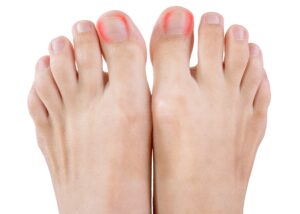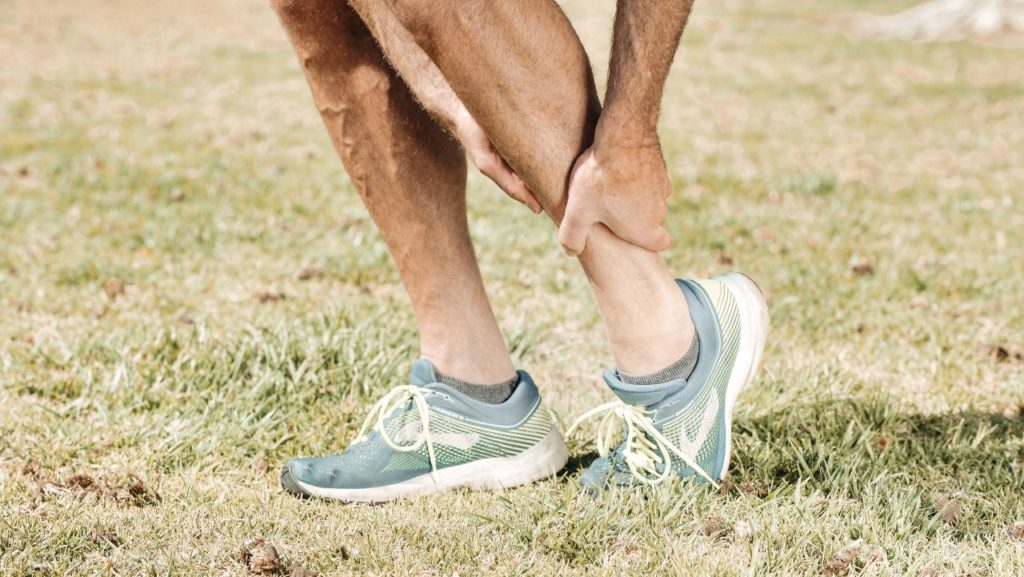By Aarti Kumar, DPM, AACFAS, DABPM
Ingrown toenails occur when a toenail starts to grow into the surrounding skin and causes irritation.
Ingrown toenails can occur due to tight and narrow shoe gear, pedicures/improper nail-cutting techniques, foot deformities such as bunions and flat feet, sports, and trauma. When an ingrown toenail goes unattended, an infection of the surrounding skin commonly occurs.

Some common signs and symptoms of ingrown toenails are localized redness, swelling, and white-colored drainage with pain around the area. When an infected ingrown toenail is long-standing, the appearance of a pyogenic granuloma can occur. A pyogenic granuloma appears as a round, small reddish-pink skin growth.
Treatment options for ingrown toenails include warm water and Epsom salt soaks, topical/oral antibiotics, and removal of the offending nail after local anesthesia. Please remember that soaking and topical antibiotics can keep the infection at bay, but the pain is usually relieved by having the nail clipped out in the office.
Some ways to prevent recurrent ingrown toenails are to wear wider shoe gear and trim nails straight across. If there is the presence of a pyogenic granuloma, the physician can cauterize the growth to remove it. Chemical procedures referred to as matrixectomies are considered if ingrown toenails become a recurrent problem. If you think you have an ingrown toenail, don’t wait any longer and come into our offices so that our trained podiatrists can help you walk and feel better!





